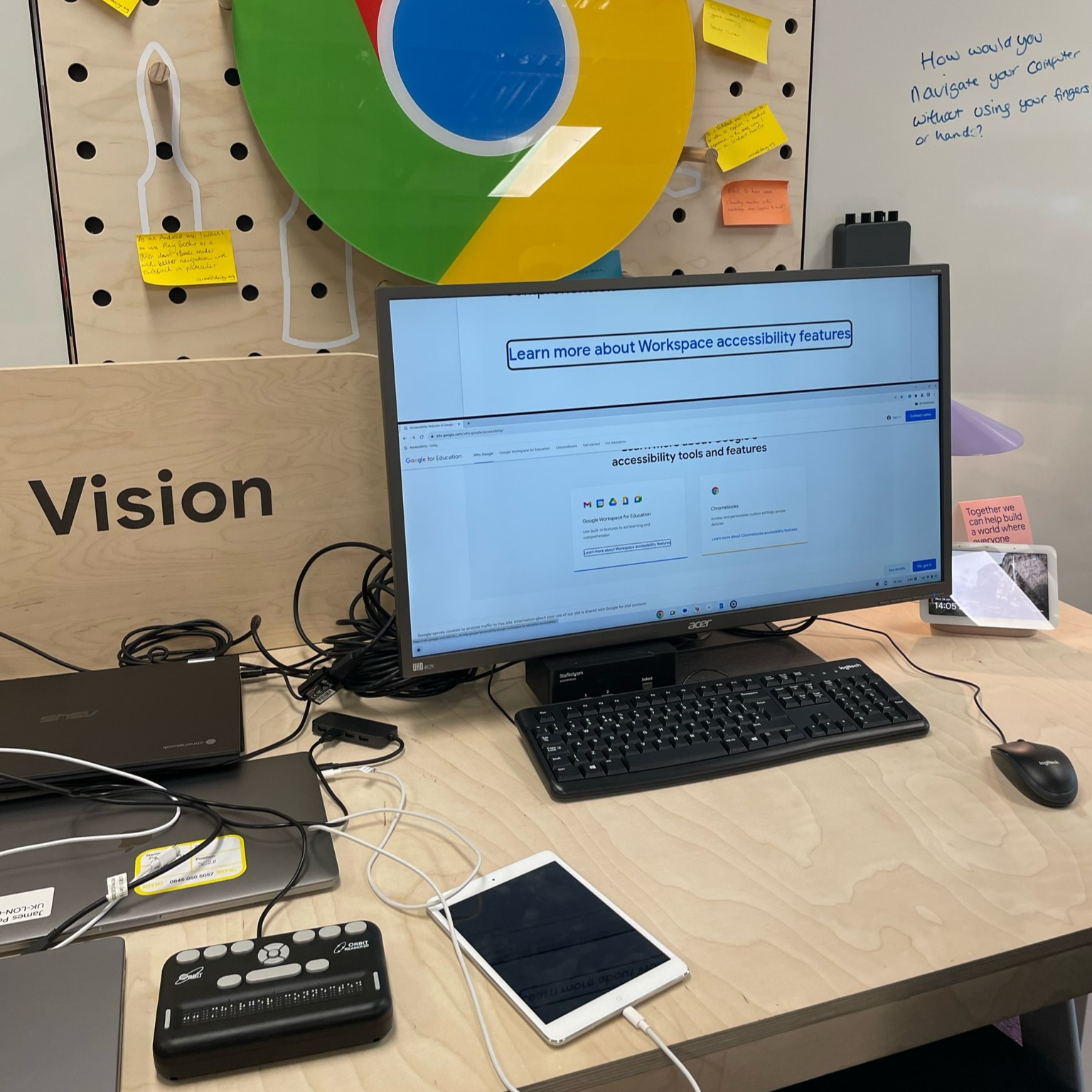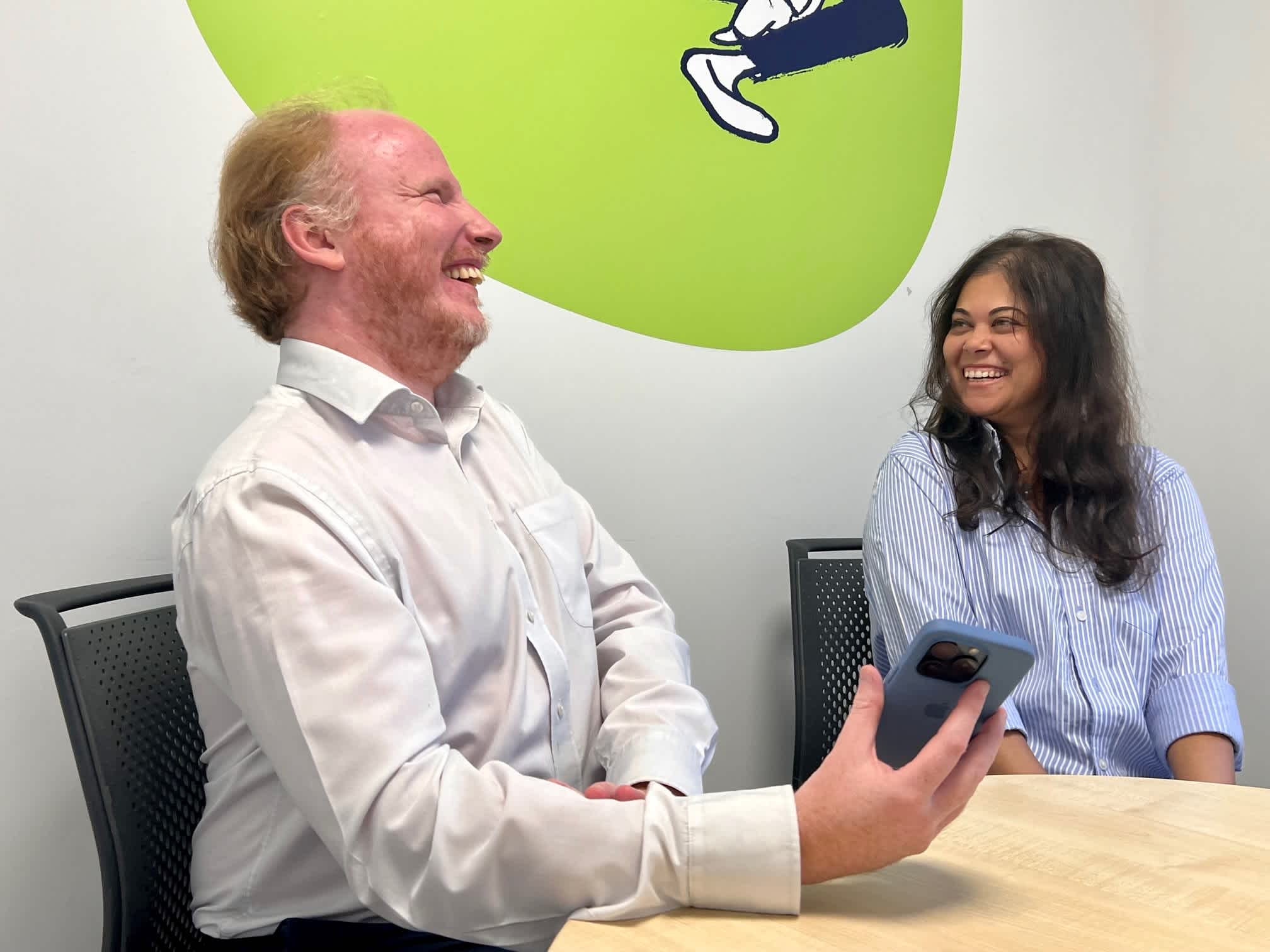As a blind person, I recently had the incredible opportunity to visit Google's Accessibility Discovery Centre in London. It is a place where engineers, researchers, product teams, and partners come together to create ground-breaking accessible technologies. This centre aims to eliminate the barriers faced by people with disabilities on a daily basis.
What struck me most about the Accessibility Discovery Centre is its strong collaboration with local partners such as the Royal National Institute of Blind People, the Royal National Institute for Deaf People, and Google's internal Disability Alliance Employee Resource Group. This collective effort ensures that the centre serves as a workshop for research, product development, collaboration, co-designing, and learning alongside the accessibility and disability communities.
For someone like me, who experiences the world through touch, sound, and alternative means of access, the centre represents an exciting step forward. It reassures me that Google values accessibility and is committed to developing research and products that will empower not only blind people but people with disabilities in general, allowing us to feel included and engaged in society through technology.

When people have equal access to information, technology, products, and opportunities, it benefits everyone. However, it's important to recognize that people's needs are constantly changing and evolving throughout their lives. This is where technology and direct partnerships with people with disabilities play a crucial role in supporting Google's efforts to meet those needs and make the world a more accessible and inclusive place.
During my visit, I had the pleasure of experiencing the power of Google's TalkBack speech software, which enables me to access technology and other innovative solutions. Additionally, I was amazed to discover that the Accessibility Discovery Centre had Harry Potter books in braille. Moments like these are truly treasured by people like me, as they signify the strides being made to bridge the accessibility gap.
I would like to extend my gratitude to Google for not only inviting me but also my colleagues from Guide Dogs for the memorable tour of the Accessibility Discovery Centre. It was an opportunity for us to witness how we can collectively move forward and foster meaningful collaborations.
In conclusion, Google's Accessibility Discovery Centre represents a beacon of hope for people with disabilities worldwide. By embedding accessibility within their practices, conducting research, and developing inclusive products, Google is actively working towards a more accessible and inclusive future. Let us celebrate the progress made thus far, while remaining committed to supporting and promoting accessibility for all.
Learn more about assistive tech for vision impairment over on our Technology pages.

